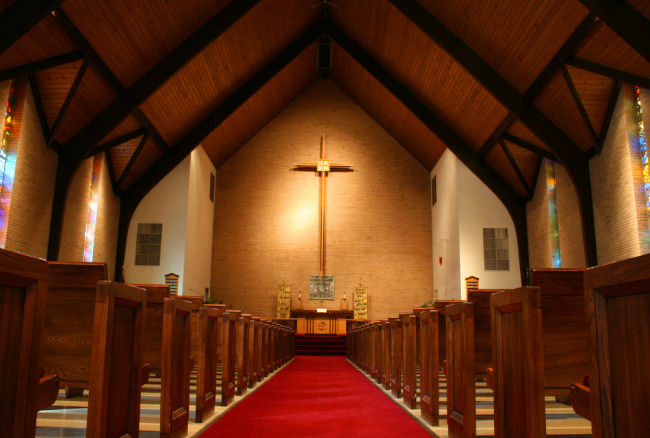Two Statistics Demand Response

Statistics often create as much fog and distortion as clarity and accuracy. But sometimes salient stats leap off the page.
In the latest statistics report of the national Episcopal Church, two numbers strike me as unusually pertinent. They demand response in action, not in blaming, shaming and hiding.
Note: Since mainline congregations and others tend to move in more or less the same trend lines, these numbers have meaning far beyond the one denomination.
One stat: Percent of congregations with 200 members or less = 60%.
The other: Percent of congregations with ASA (average Sunday attendance) of 100 or less = 70%.
Being a denomination of small congregations might have a certain romance to it, as well as the virtues of familiarity and perhaps strong community. But what these two numbers mean is that the large majority of congregations cannot pay their bills.
Most congregations cannot function as viable entities. They are broke. Many are bankrupt — expenses and debts exceeding revenues and assets. Many have facilities they cannot afford to maintain. Many — estimates range as high as two-thirds — will be going out of business soon.
Efforts to right the sinking ship by cutting staff end up being counterproductive, especially when the staff being cut is clergy. It takes consistent, trained, accountable and available leadership to run a congregation. Anyone can open the doors on Sunday. Anyone can lead worship. But not just anyone can do the day-in, day-out work of leading a flock.
Some churches have more clergy than they can afford. But every congregation needs some dedicated clergy presence, preferably someone who can do the weekday work of reaching prospective members, retaining current members through pastoral care, teaching and mission, and maintaining a lively presence in the larger community. A Sunday-only worship leader simply won’t be enough.
The only effective way to deal with these two numbers is to grow the membership and engage them in the life of the congregation. Growth of numbers and growth of engagement — those are the key.
Membership development is eminently doable by even the smallest congregation. It takes work, and it requires change in some of the basics. Longtime members often resist the work and resent the changes. Someone — I nominate the pastor — needs to step up, get the judicatory executive’s backing, and then push through this self-defeating resistance and resentment.
That means:
raising up fresh leaders
looking outside the church walls for mission and ministry opportunities
major decisions around the needs of prospective members
looking beyond Sunday morning
starting small groups
starting at least one community-nurturing opportunity, such as a Wednesday night church supper
training new members in the Gospel, not in denomination or local folkways
getting out of maintenance mode and into life-transformation mode
letting facilities go if necessary
If longtime members howl, here is what needs to be said:
First, the church doesn’t exist to please you. You exist to serve God, and the church helps you to do that. Whether you like what your church is doing is irrelevant.
Second, whether you are giving money or giving time, don’t give in order to get. Give because God gave to you. Care far less about the church budget than about the church’s mission in the world.
Third, no more whining and complaining. No more undermining the clergy. No more muttering in the brunch line.
Can we do all of this? Sure, it’s well within our capability. Besides, the alternatives aren’t pleasant. The slow death of a congregation is painful to experience. Personally I would do a gut-check right now. Ask people if they have the gumption and flexibility to do church in better ways, as outlined above. If the answer is No, I suggest leaders save everyone a lot of heartache and do a preemptive closing of the doors.
Let God use someone else to do the work God clearly wants to do.
About the Author
Tom Ehrich is a writer, church consultant and Episcopal priest based in New York. He is the publisher of Fresh Day online magazine, author of On a Journey and two national newspaper columns. His website is Church Wellness – Morning Walk Media

